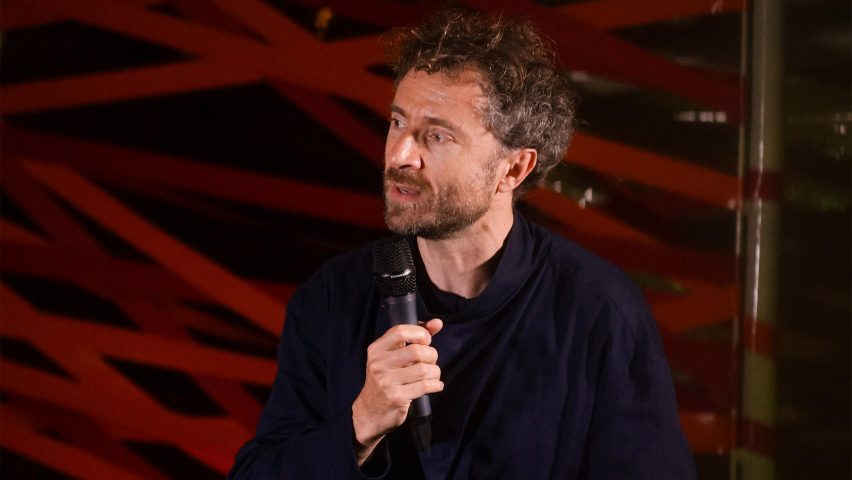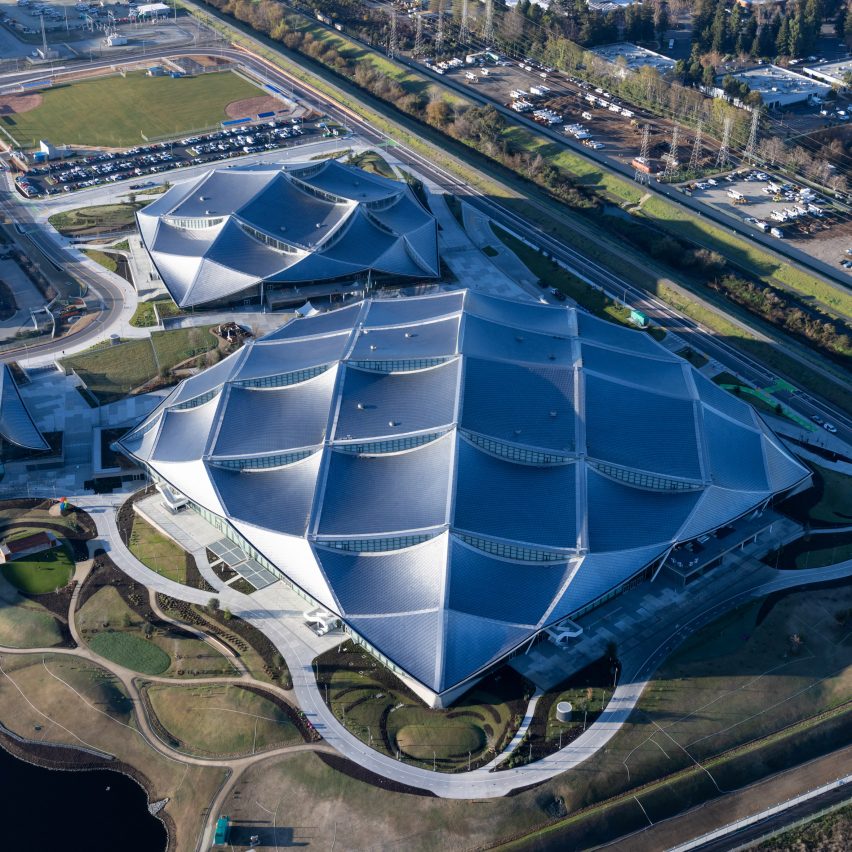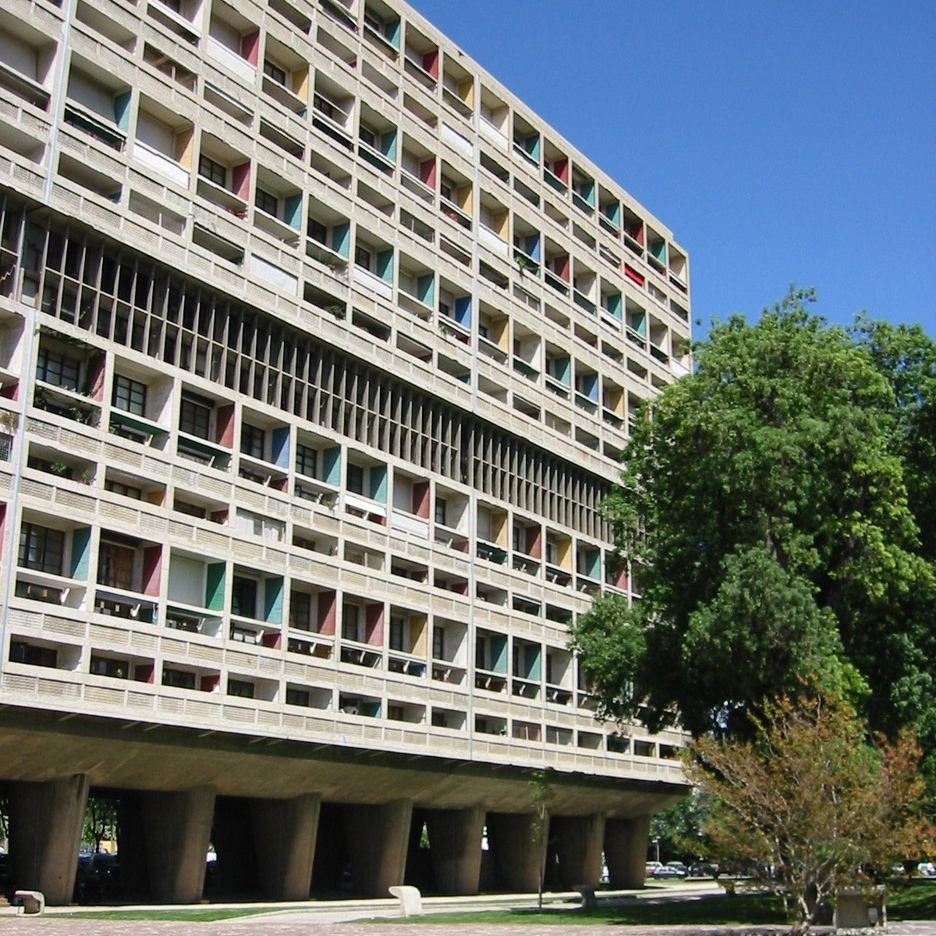
Le Corbusier responsible for architecture's "global blandemic" says Thomas Heatherwick
British designer Thomas Heatherwick has taken aim at the "cult of modernist architecture" in a new BBC radio series.
Heatherwick, whose numerous high-profile projects include Little Island in New York and Google's headquarters in London and Silicon Valley, made the comments in a three-part series on BBC Radio 4 called Building Soul with Thomas Heatherwick.
"I think we're living through a global 'blandemic' in building design," Heatherwick told listeners in the second episode, aired on 10 October and titled The Cult of Modernist Architecture.
"This age of boring has resulted in soulless, inhuman urban environments."
"Why do the modern buildings that have colonised our towns and cities look so dull?" he continued. "And why can't the whole industry of people who make them see this?"

The episode explored the architecture profession's relationship with modernism, starting with the work of Walter Gropius in the aftermath of the first world war.
In particular, Heatherwick criticises the theory of hugely influential French-Swiss architect Le Corbusier.
Corbusier writings "advocated mass boredom"
"There's one man who worked alongside Walter Gropius, who more than any other is responsible for the global 'blandemic' we see today – a man who came to be synonymous with the austere modernist styles that spread to all our towns and cities," said Heatherwick.
"Corbusier is such a paradox," he added. "Some of his buildings are the most amazing buildings I've ever seen. Buildings with curves, and amazing details and fascination."
"And yet what he wrote advocated mass boredom, and it was his writings more than his buildings that were so influential," he continued.

In one of the interviews conducted by Heatherwick as part of the programme, architectural historian Barnabas Calder defended modernist buildings.
"I don't think there's anything more generic or less appealing about a run-of-the-mill postwar social housing scheme than there is about a run-of-the-mill Georgian street," said Calder.
"It's just time and growing prestige that have resulted in the high valuation of one and the lower valuation of the other."
Heatherwick clarified to listeners that he "completely disagree[s]" with Calder.
"When I was a child, I had no bias over a modernist building or Georgian building or Victorian building," said Heatherwick.
"To me, I was seeing them all fresh. And I could tell the modern movement went to another level. It invented buildings that were devoid of virtually all visual complexity. It celebrated the removal of the part that created the emotion."
As part of the episode, it is also revealed that cultural critic and prominent brutalism champion Jonathan Meades was approached about appearing in the series but replied: "The last person who should be doing a series on urbanism is a designer."
"This kind of thinking that a designer shouldn't be talking about urbanism is exactly why we're in the mess we are," Heatherwick said in response.
"If anything, we need more designers, more artists, more people talking about and influencing the built environment."
The final episode in the series will be aired on 17 October.
The main photo is by Dezeen.